Singapore to start 2017 with 135 MFM-equipped bunker vessels
In December, 11 vessels have been authorized to carry out MFM deliveries next year.
As the 1st January implementation date for the compulsory use of mass flow metering (MFM) systems for marine fuel oil (MFO) deliveries in Singapore fast approaches, the latest data from the Maritime and Port Authority of Singapore (MPA) shows that, as of 28th December, 135 of the 210 MPA-licensed bunker tankers have been approved for mass flow meter bunkering.
So far this year, 80 tankers with MFMs installed have been approved by the MPA. During the month of December, 11 have been authorized to carry out MFM deliveries.
The 11 bunker vessels are: Delphine, Brightoil 329, Kitek 9, Congo, Luna, Nitsa, Villa, Eager, Oprah, Ophelia and Brightoil 326.
Please find below a month-by-month breakdown of the number of vessels that gained MFM approval in 2016.
Jan - 2
Feb - 3
Mar - 5
Apr - 7
May - 3
Jun - 12
Jul - 7
Aug - 5
Sep - 8
Oct - 9
Nov - 8
Dec - 11
Singapore's technical reference (TR) for bunker mass flow metering - the Singapore Mass Flow Meter (MFM) Technical Reference, or TR 48:2015 - was developed by a technical committee comprising Spring Singapore, the Maritime and Port Authority, A*Star and stakeholders from the marine and oil and gas industry. It was launched on 16th February 2016, implemented in June 2016 and specified the mandatory use of MFMs for MFO deliveries from 1st January 2017.
The technical reference sets out specific criteria for metering system qualification, installation, acceptance testing, delivery procedures and the documentation for the transfer of fuel between a supplier and a buyer.
The figure of 135 approved bunker vessels is within the range of the MPA's expectations in November. During last month's IBIA's Annual Convention, Md Elfian Harun, Assistant Director (Bunker Services) at the MPA, was quoted as saying: "We are expecting around 130 MPA-approved MFM bunker tankers to serve the port from 1st January.
So far this year, 80 tankers with MFMs installed have been approved by the MPA. During the month of December, 11 have been authorized to carry out MFM deliveries.
The 11 bunker vessels are: Delphine, Brightoil 329, Kitek 9, Congo, Luna, Nitsa, Villa, Eager, Oprah, Ophelia and Brightoil 326.
Please find below a month-by-month breakdown of the number of vessels that gained MFM approval in 2016.
Jan - 2
Feb - 3
Mar - 5
Apr - 7
May - 3
Jun - 12
Jul - 7
Aug - 5
Sep - 8
Oct - 9
Nov - 8
Dec - 11
Singapore's technical reference (TR) for bunker mass flow metering - the Singapore Mass Flow Meter (MFM) Technical Reference, or TR 48:2015 - was developed by a technical committee comprising Spring Singapore, the Maritime and Port Authority, A*Star and stakeholders from the marine and oil and gas industry. It was launched on 16th February 2016, implemented in June 2016 and specified the mandatory use of MFMs for MFO deliveries from 1st January 2017.
The technical reference sets out specific criteria for metering system qualification, installation, acceptance testing, delivery procedures and the documentation for the transfer of fuel between a supplier and a buyer.
The figure of 135 approved bunker vessels is within the range of the MPA's expectations in November. During last month's IBIA's Annual Convention, Md Elfian Harun, Assistant Director (Bunker Services) at the MPA, was quoted as saying: "We are expecting around 130 MPA-approved MFM bunker tankers to serve the port from 1st January.
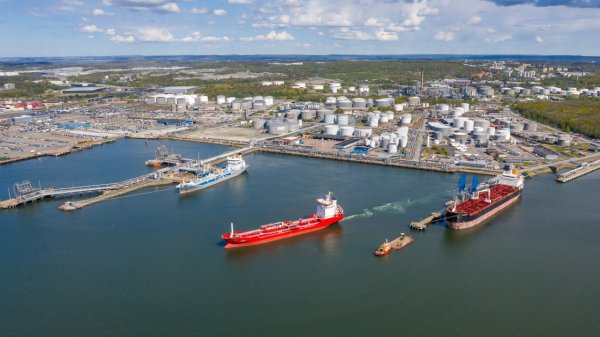
|
Swedish biomethane bunkered in Gothenburg
Test delivery performed by St1 and St1 Biokraft, who aim to become large-scale suppliers. |
|
|
|
||
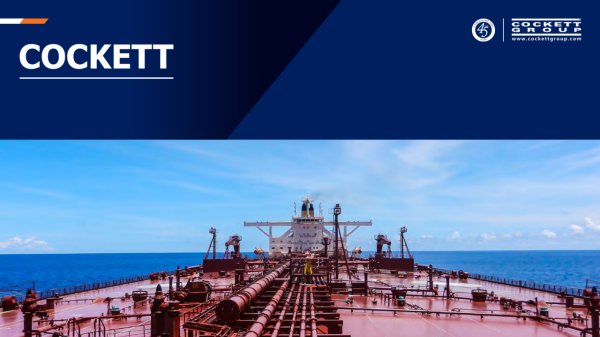
|
Cockett to be closed down after 45 years
End of an era as shareholders make decision based on 'non-core nature' of Cockett's business. |
|
|
|
||
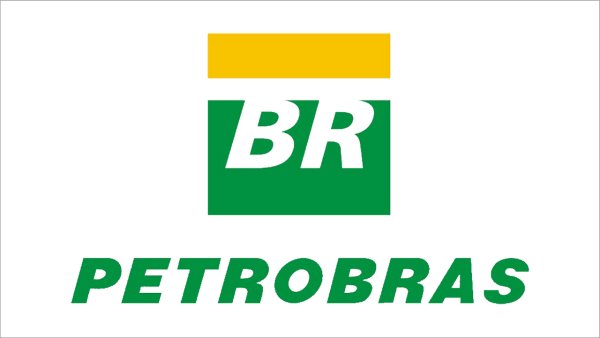
|
Petrobras confirms prompt availability of VLS B24 at Rio Grande
Lead time for barge deliveries currently five days. |
|
|
|
||
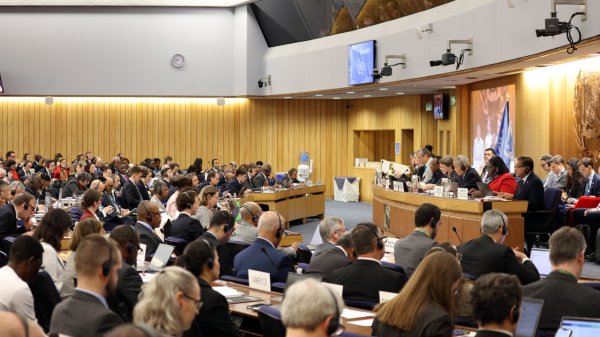
|
IMO approves pricing mechanism based on GHG intensity thresholds
Charges to be levied on ships that do not meet yearly GHG fuel intensity reduction targets. |
|
|
|
||

|
VARO Energy expands renewable portfolio with Preem acquisition
All-cash transaction expected to complete in the latter half of 2025. |
|
|
|
||

|
NYK trials biofuel in milestone coal carrier test
Vessel is used to test biofuel for domestic utility company. |
|
|
|
||
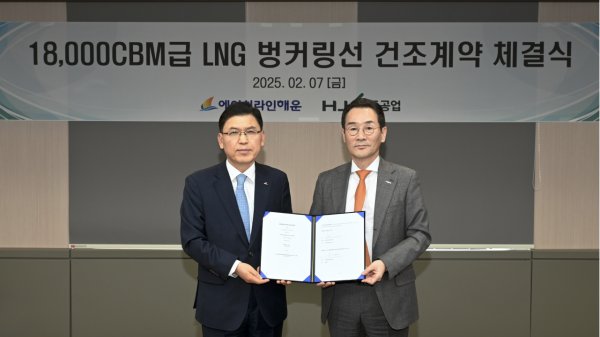
|
H-Line Shipping orders LNG bunkering vessel
Vessel with 18,000-cbm capacity to run on both LNG and MDO. |
|
|
|
||

|
How to engineer and manage green shipping fuels | Stanley George, VPS
Effective management strategies and insights for evolving fuel use. |
|
|
|
||

|
Swedish government bans scrubber wastewater discharges
Discharges from open-loop scrubbers to be prohibited in Swedish waters from July 2025. |
|
|
|
||
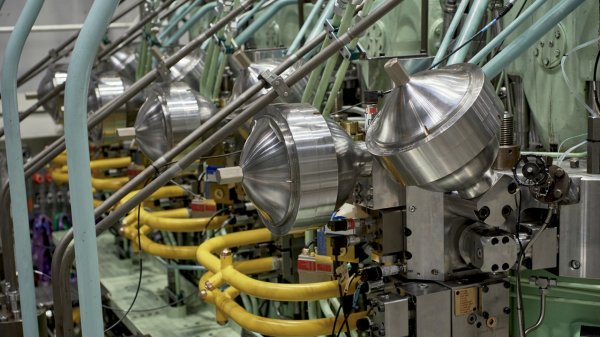
|
MAN Energy Solutions achieves 100% load milestone for ammonia engine
Latest tests validate fuel injection system throughout the entire load curve. |
|
|
|
||
Related Links
- · 98% of Singapore's MFO barges expected to comply with 2017 MFM regulation: IBIA [Insights]
- · 'Many enquiries' for TR48-certified MFMs from non-Singapore suppliers [Insights]
- · Gard issues mass flow meter recommendations [Insights]
- · IBIA finalises SOP for surveyors in Singapore to harmonise approach to MFMs [Insights]
- · Launch of world's first national standard for bunker mass flow metering [Insights]
- · Singapore [Directory]
- · Singapore [Directory]

